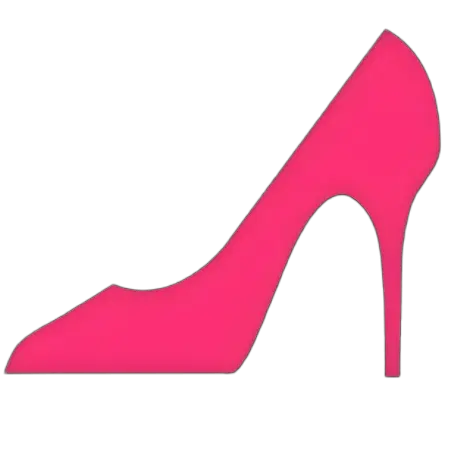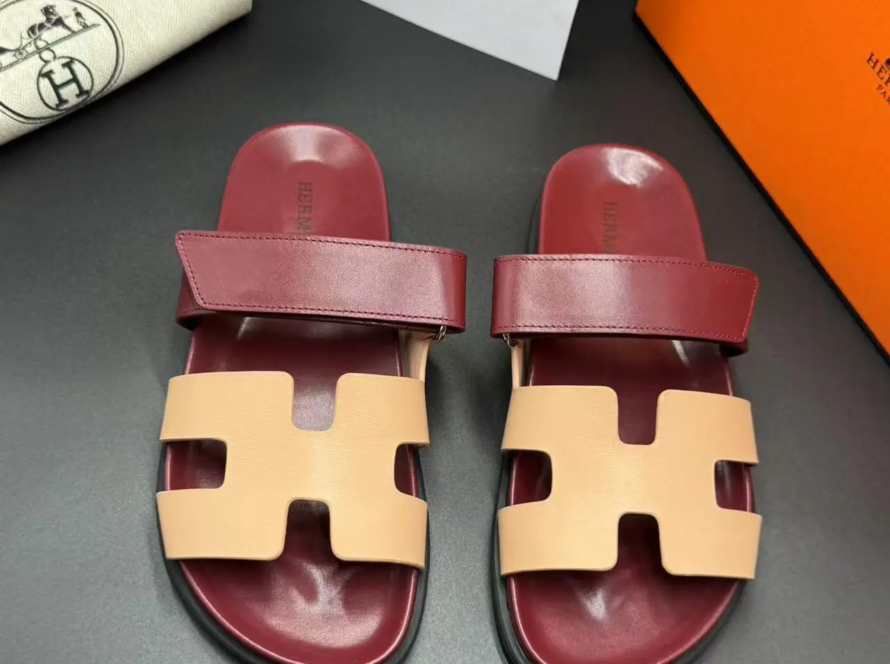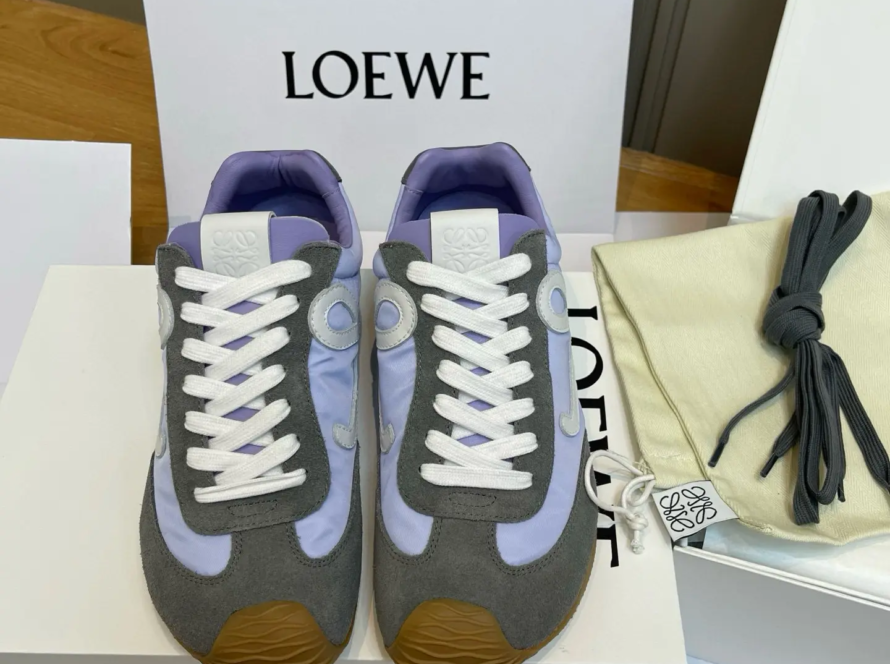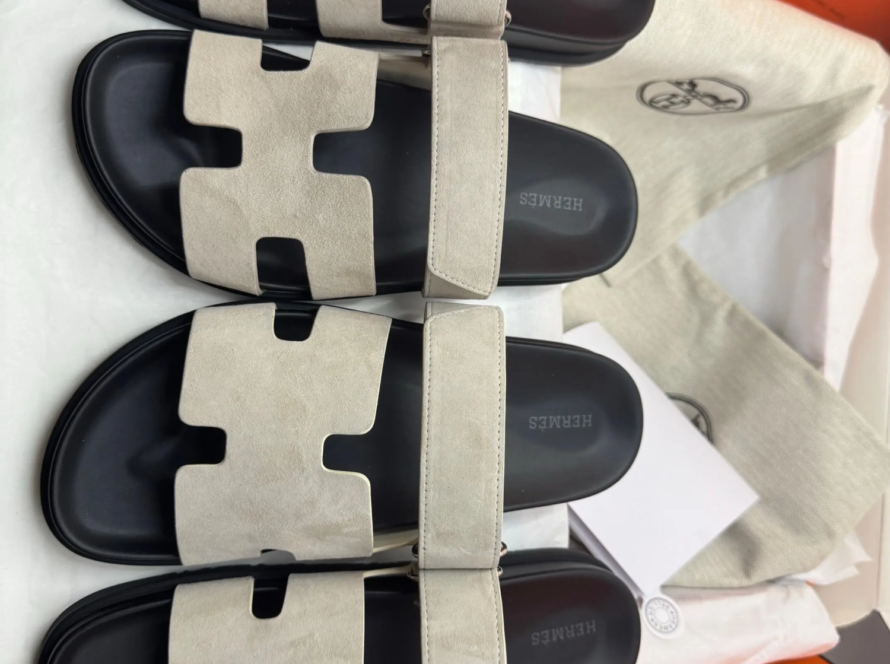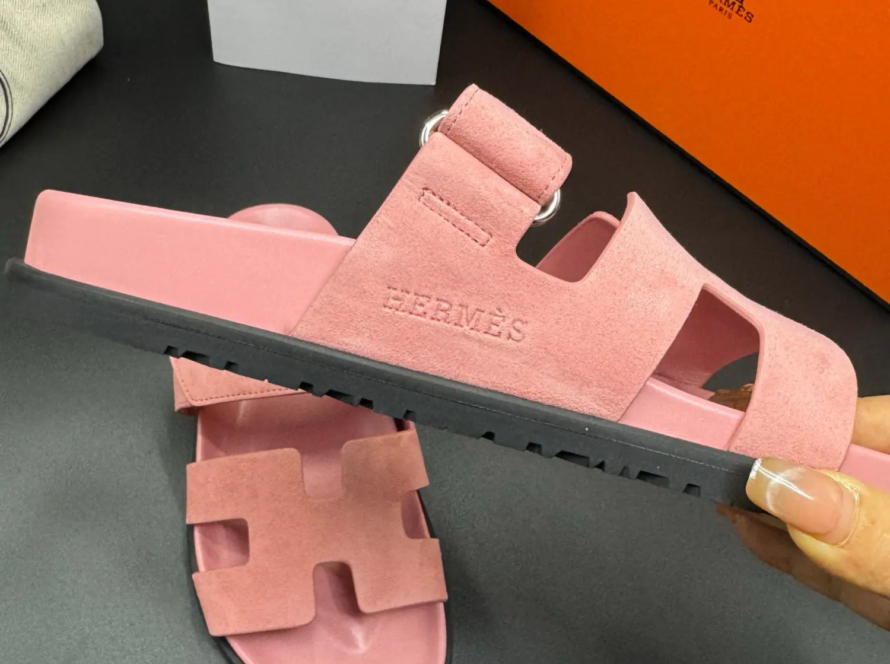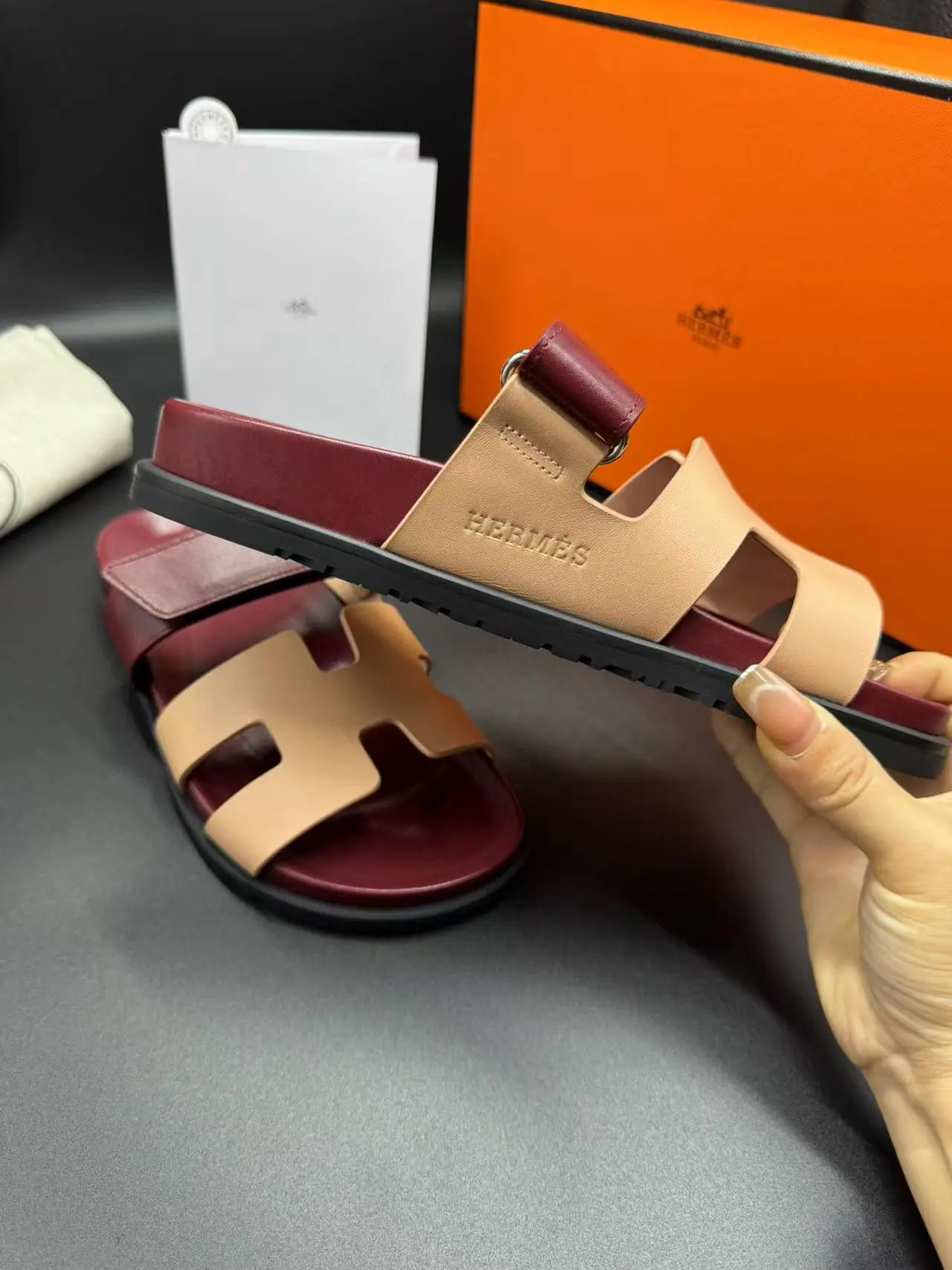
As a handball enthusiast, having the right equipment is essential for optimal performance on the court. Shoes are often overlooked but the basic aspect is shoes. Designed for the needs of the sport, handball loose shoes provide support, stability and traction to help players move quickly and safely around the court. In this article, we will dig into the world of handball loose shoes, explore their features, benefits, and what to look for when choosing the right pair.
First, handball loose shoes are designed to provide excellent support and stability. This sport involves rapid changes in direction, jumping and fast movements, which put a lot of pressure on the feet and ankles. Handshoes usually have a sturdy sole and a comfortable cushioning upper that absorbs vibration and provides a fit. This support is essential for preventing injuries such as ankle sprains and foot pressure, as well as enabling players to maintain balance and agility on the court.
Another key feature of handball shoes is their traction. The court can be a slippery environment, especially when the player is sweating and the floor is polished. The hand-sneakers are designed with specialized extremities that provide excellent grip, allowing players to make sharp turns and quickly change directions without slipping or losing their footing. This traction is especially important for goalkeepers, who need to be able to block the shot quickly and decisively.
In addition to support and traction, the handball spezial shoes are designed to be lightweight and breathable. The physical demands of the sport are very demanding and players can quickly become overheated and fatigued. Handshoes usually have mesh panels and other ventilation systems to keep the feet cool and dry, reducing the risk of blisters and discomfort. This is especially important for players who wear shoes for a long time, such as games or long-term practice sessions.
There are several factors to consider when choosing handball shoes. First, players should look for shoes that are comfortable and provide enough support. It is also crucial to consider the type of court surface they are going to do, as different surfaces require different types of traction. For example, shoes designed specifically for indoor courts may have a smoother sole, while those designed specifically for outdoor courts may have a more aggressive tread pattern.
Players should also consider their individual game style and position on the court. For example, goalkeepers may prefer shoes with extra support and stability, while outfielders may prefer lighter, more agile shoes. Additionally, players with specific foot problems (such as flat feet or high arches) may need to look for shoes with professional features, such as arch support or cushioning.
In short, handball shoes are an important part of any player’s equipment. With their specialized features such as support, traction and breathability, they can help players perform best while reducing the risk of injury. By considering factors such as fitting, court surfaces, and individual game style, players can choose the right shoes to meet their needs and take their game to the next level.
FAQ:
Q: What is the difference between hand-sneaker shoes and regular sneakers?
A: Handball loose shoes are designed for handball needs and are characterized by professional traction, support and breathability not found in ordinary sports shoes.
Q: Do I need to wear hand sneakers before playing?
A: Yes, it is best to break the handball before the hitter shoes to ensure a comfortable fit and reduce the risk of blisters.
Q: Can I wear hand-sneakers to participate in other sports, such as basketball or volleyball?
A: While hand sneakers may be suitable for other indoor court sports, they are designed specifically for handball and may not provide the best performance or support for other sports.
Q: How often should I change my hand sneakers?
A: The lifespan of a hand-sneaker depends on factors such as usage and court surfaces, but as a general rule, players should change their shoes every 6-12 months, or when they show signs of wear.
Q: Can I customize my hand sneakers to suit my specific needs?
A: Some manufacturers offer customization options, such as different colors or personalization is appropriate, but it is best to contact the manufacturer or professional retailer to see the available options.
